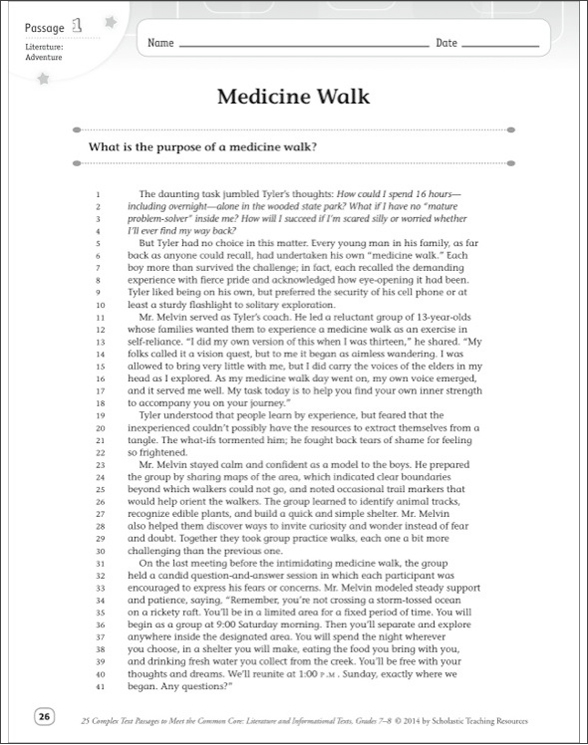
Your students save when you bundle the new edition of Criminological Theory with Crime and Everyday Life: A Brief Introduction, 6e. It includes new sources that assess the empirical status of the major theories, as well as updated coverage of crime control policies and their connection to criminological theory. The Seventh Edition of the authors’ clear, accessible, and thoroughly revised text covers traditional and contemporary theory within a larger sociological and historical context.

Offering a rich introduction to how scholars analyze crime, Criminological Theory: Context and Consequences moves readers beyond a commonsense knowledge of crime to a deeper understanding of the importance of theory in shaping crime control policies. Mirlinda Ndrecka, Ph.D., University of New Haven It provides historical context to the theories, and the authors make it easier for students to relate theory to reality.”
#TEXTS AND CONTEXTS 7TH EDITION UPDATE#
It’s best to update everything, just to be sure.“The best organized and most comprehensive theory textbook to use for both graduate and undergraduate students. Then you can choose whether to update all information or just the page numbers. You can do this by right-clicking on the table of contents and selecting Update Field. If you continue working on your text after this, be sure to go back and update your table of contents at the end, as headings and page numbers might change. Now you have a table of contents based on your current headings and page numbers. Then place your cursor two lines below this and go to the References tab.Ĭlick on Table of Contents and select Custom Table of Contents… In the popup window, select how many levels of heading you wish to include (at least two) under Show levels, then click OK: First write the title “Contents” (in the style of a level 1 heading). Now you can generate your table of contents. Make sure all headings are in the appropriate style before proceeding. Once you’ve done this you can update any other headings quickly using the heading styles. Right-click the Heading 1 style and select Update Heading 1 to match selection.

Next, update the heading styles listed in the Home tab at the top: Applying heading stylesįirst, go through your text making sure that each level of heading is in keeping with APA Style rules. After that, you can generate the table of contents. To automatically generate a table of contents in Word, you’ll first have to apply heading styles throughout your text.
#TEXTS AND CONTEXTS 7TH EDITION HOW TO#
How to generate a table of contents in Word

If you have a lot of headings in your text, you may not be able to include them all-your table of contents should not be more than two pages long in total. Including lower-level headings in the table of contents is optional. In the table of contents, you should include all level 1 and 2 headings, left-aligned and formatted as plain text. In APA Style, you can use up to five levels of heading, each with its own formatting style. At the top of the page, write Contents, centered and in bold. It should be written in the same font and size as the rest of your text (usually 12 pt Times New Roman). In a thesis or dissertation, the table of contents comes between your abstract and your introduction. How to generate a table of contents in WordĪPA format guidelines for the table of contents.APA format guidelines for the table of contents.


 0 kommentar(er)
0 kommentar(er)
